As Susan Bro watched the footage of a mob of white Trump supporters breaking into the US Capitol and halting the official count of the 2020 election results, she was “mad as hell”, but she was not surprised.
Bro’s daughter, Heather Heyer, was murdered in 2017 while protesting against neo-Nazis in Charlottesville, Virginia. Donald Trump had responded to Heyer’s death by saying there were “very fine people on both sides”.
On Wednesday, Trump responded to open insurrection in the halls of Congress, which left at least four people dead, by repeating false claims about having the election stolen from him and telling the mob: “Go home. We love you. You’re very special.”
“This path has always been predictable,” Bro said from her home in Virginia. “For people to now go, ‘I never knew this would happen,’ why not? How would you not see this happen?”
“This is sort of an inevitable conclusion,” she added. “It’s been coming, at least openly, for months, but the trajectory was set years ago.”
It’s been coming, at least openly, for months, but the trajectory was set years ago
Susan Bro, mother of Heather Heyer
The playbook for the Maga invasion of the nation’s Capitol building on Wednesday has been developing for years in plain sight, at far-right rallies in cities like Charlottesville, Berkeley, and Portland, and then, in the past year, at state Capitols across the country, where heavily armed white protesters have forced their way into legislative chambers to accuse politicians of tyranny and treason.
“No one should be surprised,” said Sarah Anthony, a Black state lawmaker who was on the legislative floor in Michigan’s Capitol on 30 April when hundreds of anti-lockdown protesters, including white militia members with guns, tried to force their way inside. “This has been escalating in every corner of our country for months.”
From screaming matches in the lobby of the state house in Michigan to looting the office of speaker of the house Nancy Pelosi, the demonstrators have grown bolder and their aims more ambitious.
But many elements of these incidents repeat each time: the chaotic mix of well-known extremists and unknown Trump supporters who showed up to participate; the strikingly soft and ineffectual response from the police; the expressions of shock from Republican lawmakers that any of their supporters would take action in response to the lies they had been repeating; and of course, the behavior of Trump himself, who first openly incites the violence, and then, when it spirals out of control, praises it instead of condemning it.
It’s a political playbook based on one assumption: impunity. So far, there have been no consequences for most of the president’s supporters, no matter how illegal their actions, and no consequences for Trump himself.
It was past time for America to change that, Bro, Heather Heyer’s mother, said on Wednesday.
“I think we’re going to have to have some accountability of actions here, otherwise this will be attempted again and again,” she said. “There needs to be accountability, and it needs to be commensurate [for white protesters] with what you would see handed people of color.
“I’m all for talking across divides. But that’s with rational people, not with people who are seeking violence, not for people who are attempting to overthrow a democracy.”
A year of rightwing rallies
The mob that stormed politicians’ offices and the Senate floor in Washington DC on Wednesday did not appear to be a disciplined cadre of extremists, but instead a “mishmash of random people”, said Hampton Stall, a researcher who monitors American militia groups and who spent the day analyzing video footage, photographs, and news reports.
There were known extremists, including white supremacists who had marched in Charlottesville; QAnon conspiracy theory adherents; members of the Oath Keepers militia; members of the Proud Boys, a far-right street-fighting group; and rightwing media provocateurs. Others appeared to be “random people who are committed to whatever Trump means to them”, many of them wearing Trump hats or carrying Trump flags, Stall said.
This volatile mixture of rightwing activists had been coalescing in the past year at protests across the country, from anti-lockdown demonstrations to Maga car rallies to “Stop the Steal” protests, Stall said.
The first major protest last year took place in Virginia, after Democrats won control of the state government and promised to pass stricter gun control laws. An estimated 22,000 people, many of them armed, demonstrated at the state Capitol in Richmond in January, chanting “we will not comply”. Young men wore t-shirts that read “Make politicians afraid again”, and someone set up a model guillotine in the street.
Trump had tweeted his support for the Virginia protesters: “That’s what happens when you vote for Democrats, they will take your guns away.”
Arguments that democratically elected politicians were “tyrants” who should not be obeyed gained further traction among rightwing Americans during the coronavirus pandemic. In furious, chaotic rallies at state Capitols across the country, from Michigan to Idaho to California, they rejected public health measures to prevent the spread of the virus as an unacceptable infringement of their freedoms and called the police officers who held them back “traitors”. The protests would embolden a nascent domestic terrorism movement, the “Boogaloo Bois”, who were obsessed with the possibility of an imminent US civil war.
“Liberate Michigan!” Trump tweeted, attacking states with Democratic governors. “Liberate Virginia!”
This fall, federal prosecutors announced charges against several of the armed militia members photographed at the Michigan Capitol during an April anti-lockdown protest, alleging they had been part of an elaborate plot to kidnap Michigan’s Democratic governor, Gretchen Whitmer, and put her on trial for treason. Trump’s response to the alleged domestic terrorism plot targeting one of his political enemies was to tweet more insults at Whitmer.
When Trump lost the 2020 election, he refused to concede and instead boosted wild conspiracy theories about fraud. He urged his supporters to take part in “Stop the Steal” protests, and they complied. Demonstrations again took place in cities across the country.
The broad idea of Trump supporters storming the Capitol to overturn the election certification in his favor had been circulating among a range of supporters well in advance of 6 January. Rioters had circulated their plans publicly on social media for weeks, and Trump himself promised Wednesday’s protest would be “wild”.
It was less clear whether many of the people who had forced themselves inside the Capitol building had a clear strategy for what to do afterwards, some researchers said. “I don’t think they had a plan once they got inside the Capitol,” Joan Donovan, the research director at Harvard’s Shorenstein Center on Media, Politics and Public Policy, said. “If you were organized, you would have occupied, you would have had food, you would have had supplies, you would have demanded things.”
However strategic they had been in their planning, the Maga supporters breaking into the Capitol appeared to be more organized than law enforcement officers who were supposed to keep them out. Capitol police seemed unprepared to counter an assault on the building by Trump supporters. Instead of disciplined rows of officers in riot gear blocking key doors and stairs, some footage showed scattered lines of officers melting away before the onslaught of Trump supporters, or a lone officer outnumbered before an advancing crowd.
Reporters who had covered the police response to Black Lives Matter protests from Ferguson to Minneapolis noted the enormous disparity in police treatment of white pro-Trump insurrectionaries, compared with Black Americans protesting against police killings in their own neighborhoods.
Maga v BLM: how police handled the Capitol mob and George Floyd activists – in pictures
Read more
As law enforcement made few arrests on Wednesday, Yamiche Alcindor, a PBS NewsHour reporter, tweeted: “People were being arrested by the hundreds in Ferguson for peacefully protesting the killing of an unarmed Black teenager.”
The CNN reporter Omar Jimenez, who covered the George Floyd protests in Minneapolis, made a similar point: “I saw more arrests during protests in Minneapolis this summer than I have watching people storm the US Capitol,” he wrote. Jimenez, who is Black and Latino, was himself arrested live on air while covering the Minneapolis protests, despite clearly stating that he was a reporter.
Emily Gorcenski, an activist from Charlottesville who was among the local people violently assaulted by neo-Nazis during the 2017 Unite the Right rally, said that this kind of police response had contributed to the escalation of rightwing violence in the US.
“The refusal of the police to enforce the law in the same away against white supremacist and rightwing and pro-Trump demonstrators as they do against leftwing demonstrators has opened the door to this kind of behavior,” she said.
“It green-lighted it,” she said. “It’s all part of the same pattern of: ‘Nothing bad will happen to us, so why don’t we just do it?’”
Many Americans questioned whether the Capitol police saw themselves as on the same side as the pro-Trump protesters, who often vocally described themselves in standoffs with the police as supporters of law enforcement.
In one widely shared video clip, one officer appeared to pose for a selfie with one of the men who had invaded the Capitol.
Anthony, the Black state representative from Michigan, said the image of the officer taking a selfie was nauseating – and familiar.
“We saw law enforcement here in Michigan posing for pictures with some of the armed gunmen who were shouting, who were brandishing weapons, who were waving Confederate flags. They were literally posing with our state police officers,” she said.
“The level of, I would say, deference to several of the domestic terrorists that were going into the US Capitol building is just really unsettling to me. Many folks in my community look at the images, and they have to wonder, why is there so much deference?”
It wasn’t just the behavior of individual officers that concerned her, Anthony said, but the way law enforcement at the Michigan Capitol had failed to communicate security concerns with elected officials before the protesters tried to force themselves in, and how lawmakers were left to fend for themselves after seeing armed men stage shouting matches with the officers guarding the Capitol and looming in the gallery over lawmakers as they worked.
On Wednesday, as she watched Trump supporters at the US Capitol replicate what happened in Michigan, but more aggressively and on a bigger scale, she heard the newly elected congresswoman Cori Bush, a Black woman from St Louis, voice the same concerns she had felt in April: why had they been they so ill-prepared for what happened? Why had police at the Capitol not done more to proactively protect lawmakers?
Nine months after a confrontation that made international headlines, she asked, why had Michigan’s Republican-controlled legislature still refused Democrats’ push to ban the carry of firearms inside the state Capitol?
Anthony said she had also grown familiar with another trend: “these perfectly curated statements after the fact” from Republican colleagues, who “quote unquote, ‘condemn this behavior’, but at the same time fan the flames.
“Every single Republican leader that has either been silent about the election results or has continued to flame the flames of these extremist groups, they should have been using their platform to promote truth and facts,” she said.
‘This is so far from over’
The rage and scorn against the federal government on display as Trump supporters broke into the Capitol building Wednesday, trashed politicians’ offices, and looted the speaker’s podium has deep roots in American culture, and it has been strategically cultivated by the Republican party for decades.
But the fury of the Trump supporters breaking windows and shouting “this is our house” and “we’re home” is also a “consequence of having misinformation at scale”, Donovan said.
For Americans who consume media from rightwing sites and certain segments of social media, the most principled behavior in the current moment demands a dramatic response, Donovan said.
“If you live in a media ecosystem where four to six state elections have been thoroughly corrupted by mismanaged ballots, by wanton collusion, by communist algorithms – once you’ve bought into the idea that the election has been stolen, then it becomes a duty to defend democracy.”
And some of the protesters were not simply angry about what they believed to be a stolen election. Some videos of Trump supporters spending hundreds of dollars to fly to Washington for a protest included people saying, “There are pedophiles we’re going to fight,” a reference to the QAnon conspiracy theory, whose adherents believe that elite Democrats are torturing children.
“Twitter is very good at keeping Isis propaganda of their platform, but QAnon, they have allowed to thrive. Facebook, too, and YouTube,” said Travis View, an expert on the QAnon conspiracy theory. “Social media companies decided to allow this content. They decided this content was acceptable for this platform, and now, you know, people are dying and democracy is crumbling.”
The QAnon conspiracy theory came with built-in heroes, including Trump, who were supposed to save the day, View said. “But there was going to come a time when they stop having faith, they stop trusting the plan, and they feel like they need to take matters into their own hands. That was always the concern, that they’ll just run out of patience. And when they run out of patience, they do things like storm the Capitol building.”
Gorcenski, the Charlottesville activist, who went on create First Vigil, a project that tracks far-right individuals and groups, said that the mainstream media also had responsibility for failing to report clearly on threat in front of their faces.
“The refusal of the media to name the problem of white supremacy as white supremacy, to name fascism as fascism, and to insist on playing this ‘both sides’ has given incredible cover to these groups to continue to operate in this way,” Gorcenski said.
Lawmakers also failed, she said: “The moment Donald Trump said ‘there were very fine people on both sides’ should have been the moment his presidency ended.”
The fact that there was no serious attempt to hold Trump accountable after Charlottesville “shows how weak our system of government is to combat the threat of white supremacy”, she added.
Ruth Ben-Ghiat, a historian of fascism, wrote on Wednesday: “If there are not severe consequences for every lawmaker & Trump government official who backed this, every member of the Capitol Police who collaborated with them, this ‘strategy of disruption’ will escalate in 2021.”
Stall, the militia researcher, said more militia groups were organizing for planned events on Inauguration Day.
“This is so far from over,” he said.











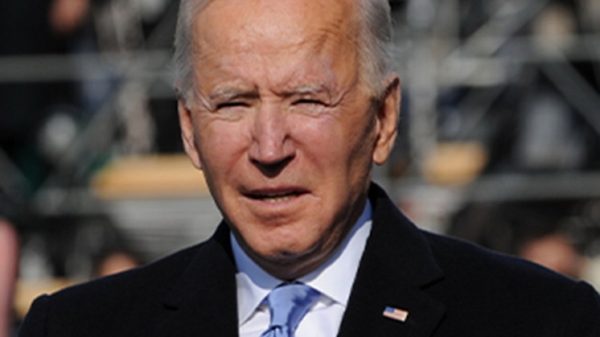
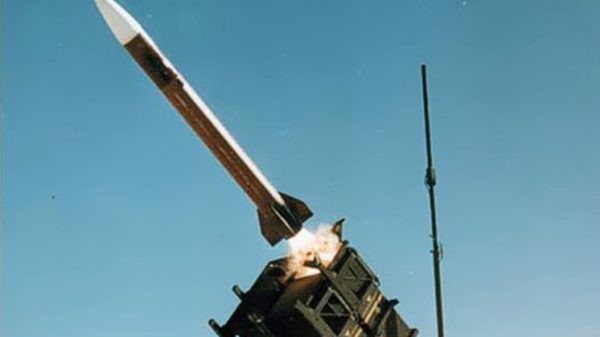




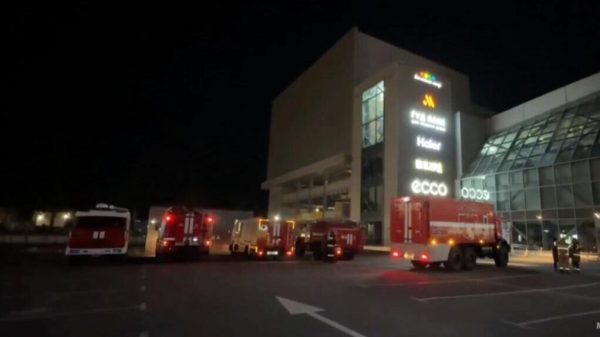
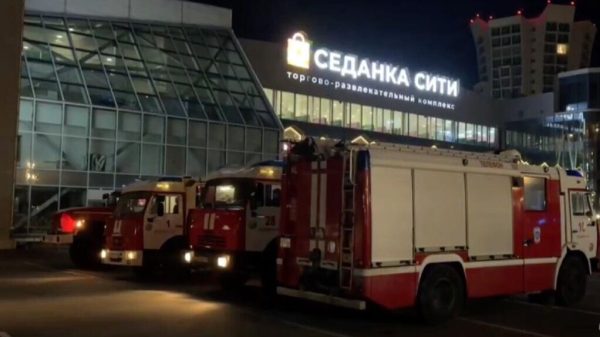



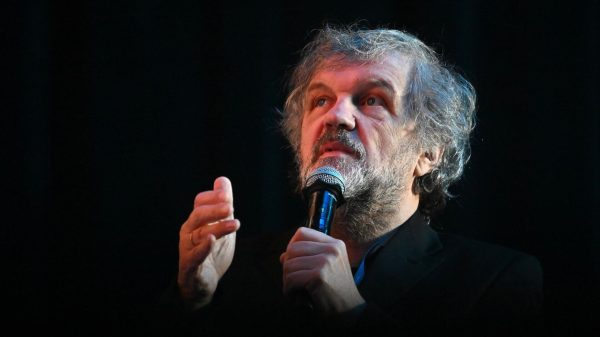
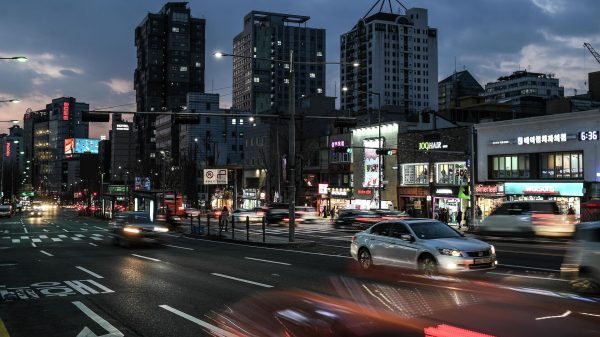




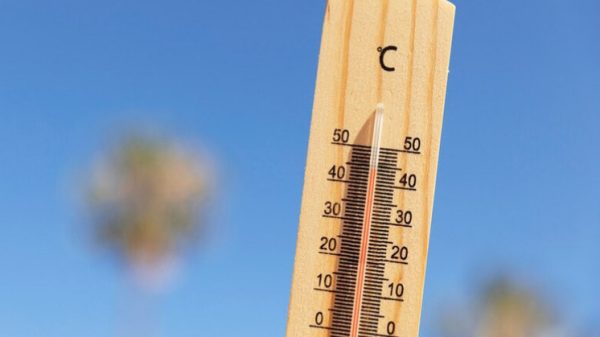
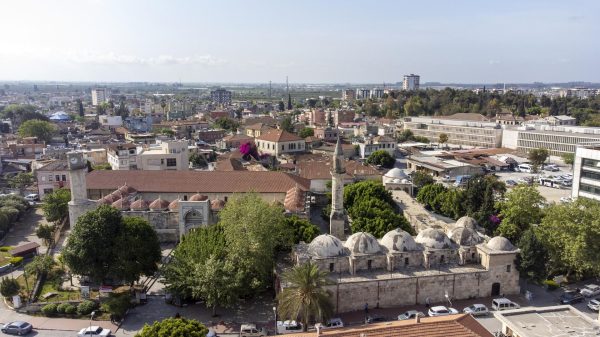

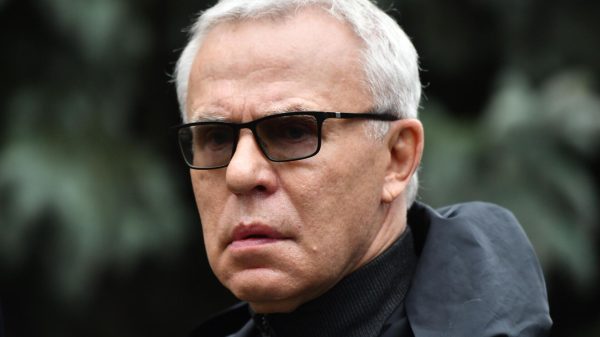



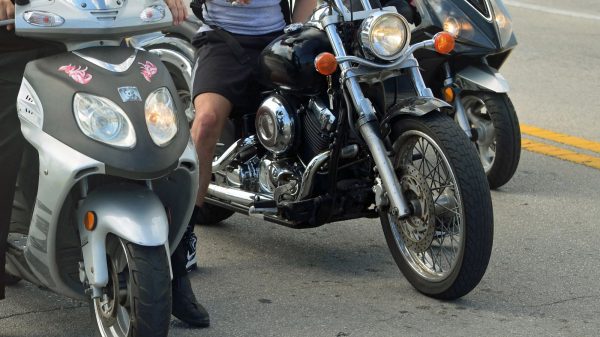









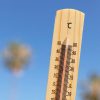










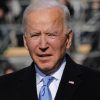




Свежие комментарии